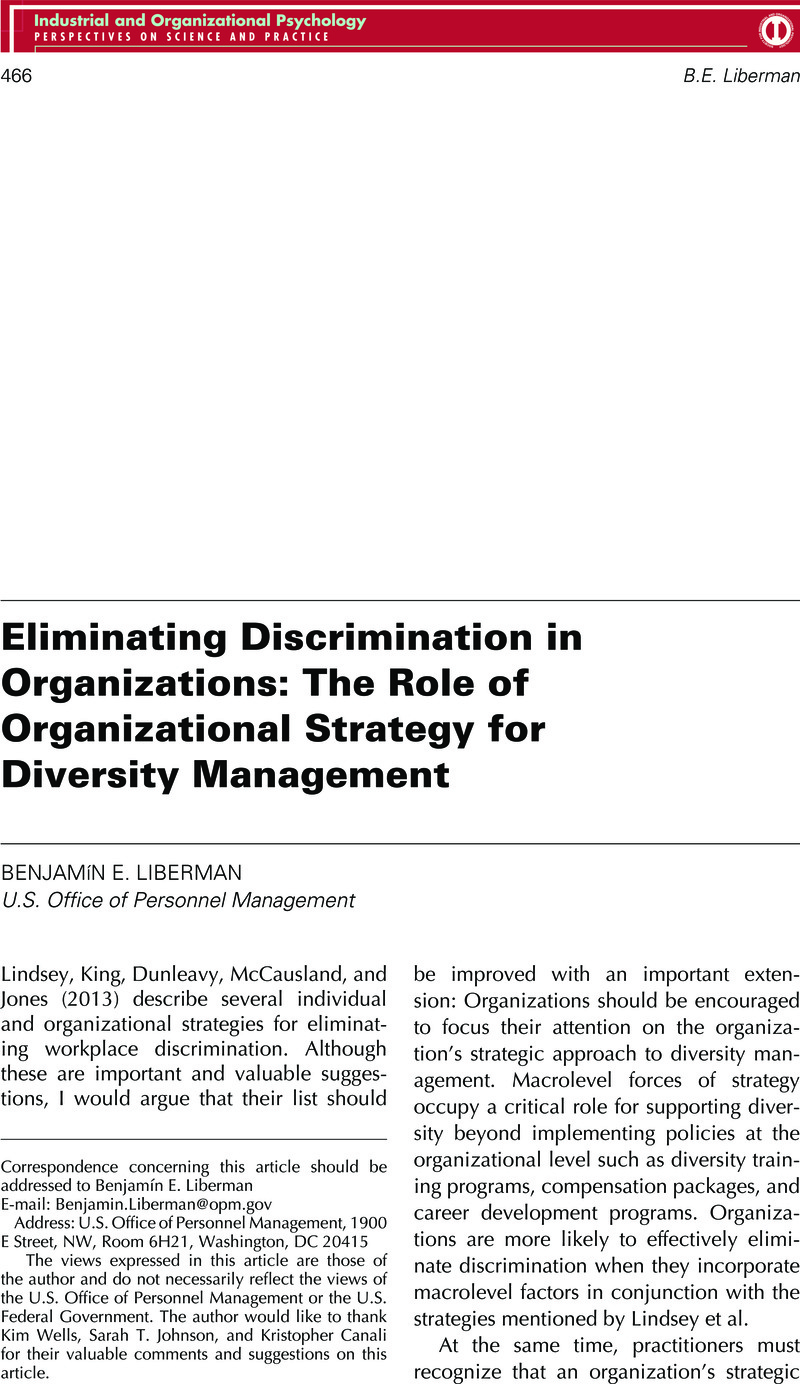Crossref Citations
This article has been cited by the following publications. This list is generated based on data provided by Crossref.
Kanning, Uwe Peter
2015.
Handbuch Diversity Kompetenz: Perspektiven und Anwendungsfelder.
p.
1.
Kanning, Uwe Peter
2016.
Handbuch Diversity Kompetenz.
p.
17.
Kanning, Uwe Peter
2017.
Personalmarketing, Employer Branding und Mitarbeiterbindung.
p.
51.
Kemp, Roxanne Elliott
2021.
Handbook of Research on Multidisciplinary Perspectives on Managerial and Leadership Psychology.
p.
459.
Arslan, Yaser
and
Polat, Soner
2021.
Do diversity perspectives affect happiness at work? A study of teachers in Turkey.
International Journal of Educational Management,
Vol. 35,
Issue. 3,
p.
621.
Scherle, Nicolai
Rosenbaum, Philipp
and
Obermeyer, Nancy J.
2021.
Value Creation Through Appreciation? An Exploration of the Perception of Diversity Management in a Transnational Aviation Group.
Tourism Culture & Communication,
Vol. 21,
Issue. 4,
p.
283.
Kemp, Roxanne Elliott
2022.
Research Anthology on Racial Equity, Identity, and Privilege.
p.
970.
Jaeck, Mélanie
Marais, Magalie
Joly, Cédrine
and
Preuss, Lutz
2024.
Navigating the Moral-Economic Paradox of Diversity Management: Plurality of Stakeholder Perceptions and Coping Strategies.
Group & Organization Management,
Vol. 49,
Issue. 6,
p.
1495.



